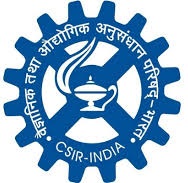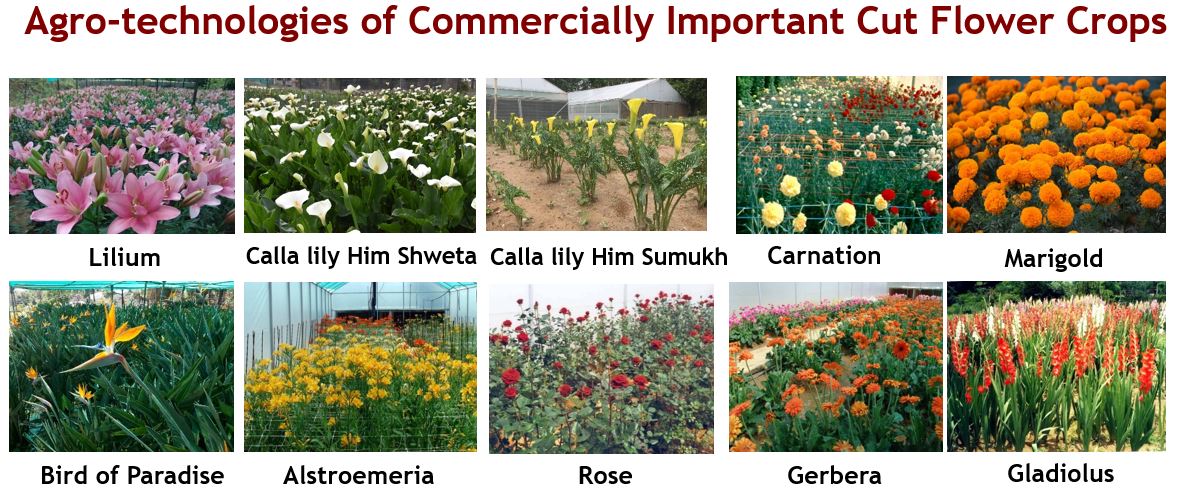





 During the past six decades, the Council of Scientific and Industrial Research (CSIR) contributed significantly to the development of floriculture in India. CSIR institutions have developed several varieties of different floricultural crops through improvement of desired traits including novel colours and combinations, new floral and plant architectures, extended seasonality of flowering (early or late), improved vase life of flowers, and disease resistant varieties. All these activities have greatly helped Indian farmers, progressive growers and entrepreneurs for enhancing farm income and diversifying livelihood opportunities in rural and urban areas.
During the past six decades, the Council of Scientific and Industrial Research (CSIR) contributed significantly to the development of floriculture in India. CSIR institutions have developed several varieties of different floricultural crops through improvement of desired traits including novel colours and combinations, new floral and plant architectures, extended seasonality of flowering (early or late), improved vase life of flowers, and disease resistant varieties. All these activities have greatly helped Indian farmers, progressive growers and entrepreneurs for enhancing farm income and diversifying livelihood opportunities in rural and urban areas.
CSIR institutions such as CSIR-National Botanical Research Institute, Lucknow and CSIR-Institute of Himalayan Bioresource Technology, Palampur have been involved in promoting floriculture industry in the country. These institutes have standardized technologies for plant multiplication and cultivation of floriculture crops in open as well as protected environments. Sustained research over the years has resulted in development of numerous varieties of chrysanthemum, gerbera, calla lily, rose, tuberose and gladiolus with unique colours, shapes and sizes. The CSIR institutes have also standardized agrotechnologies for different agro-climatic conditions for such diverse crops as Lilium, Alstroemeria, carnation, bird of paradise and gladiolus. Disease free quality planting materials are being provided to farmers and entrepreneurs by these institutes for income generation. Long-term skill development programmes and short-term training programmes on floriculture and nursery techniques, exposure visits, demonstrations, Kisan Mela and advisory services are the routine features of CSIR for the benefit of farming community. Third party assessment of CSIR-IHBT commercial cultivation of lilium by National Productivity Council in 2017 revealed that the technological interventions of CSIR Institute have made significant impact on rural livelihood in the state of Himachal Pradesh. In a case study of high-altitude district of Lahaul and Spiti, it found that lilium cultivation resulted in 5 times higher income than that obtained from pea cultivation and 6.67 times higher than that of potato crop. This enabled the farmers to spend 24.55% more money on their assets, 20.51% more on children education, 17.96% more on house related expenses and 11.93% more money on clothing.
CSIR-NBRI is known for its rich germplasm collection of many ornamentals including chrysanthemum, canna, tuberose, gladiolus, bougainvillea, begonia, ixora, coleus and roses. The institute has been involved in floricultural research and development of novel floricultural varieties for more than 60 years. It has developed several superior varieties of floricultural crops using modern technologies and popularized among different stakeholders through its annual flower shows on rose, chrysanthemum, gladiolus and coleus. The institute has popularized commercial gladiolus and gerbera cultivation in Indo-Gangetic plains. Given the long experience and expertise of CSIR institutions in the field of floriculture, CSIR can play a vital role in accelerating the pace of floriculture development in the country to make India a major global player.